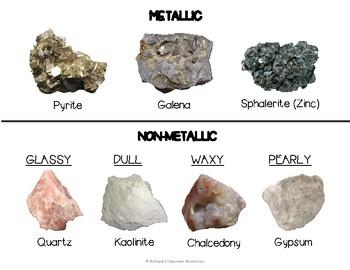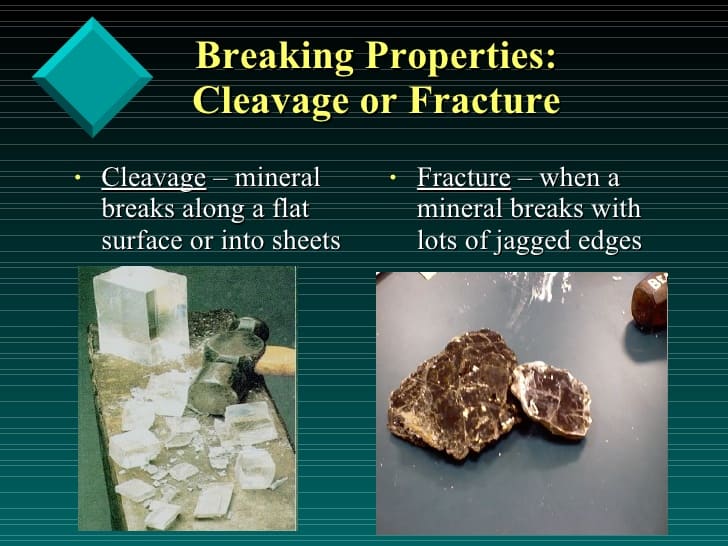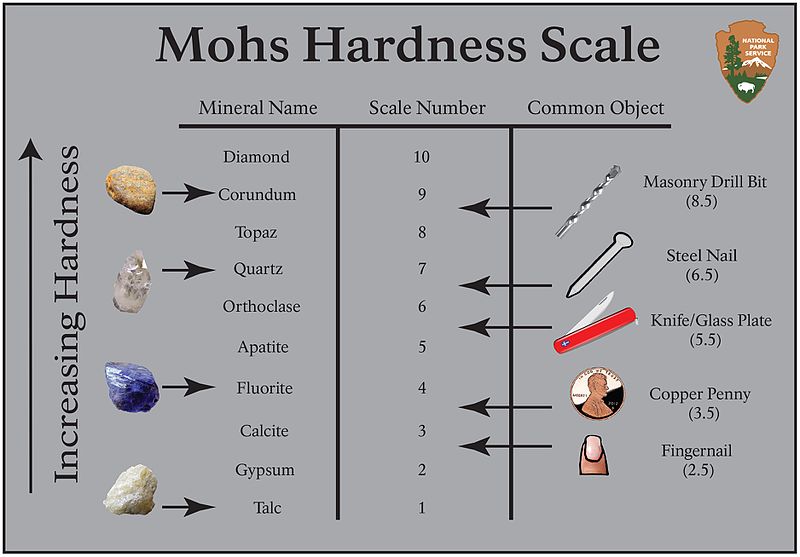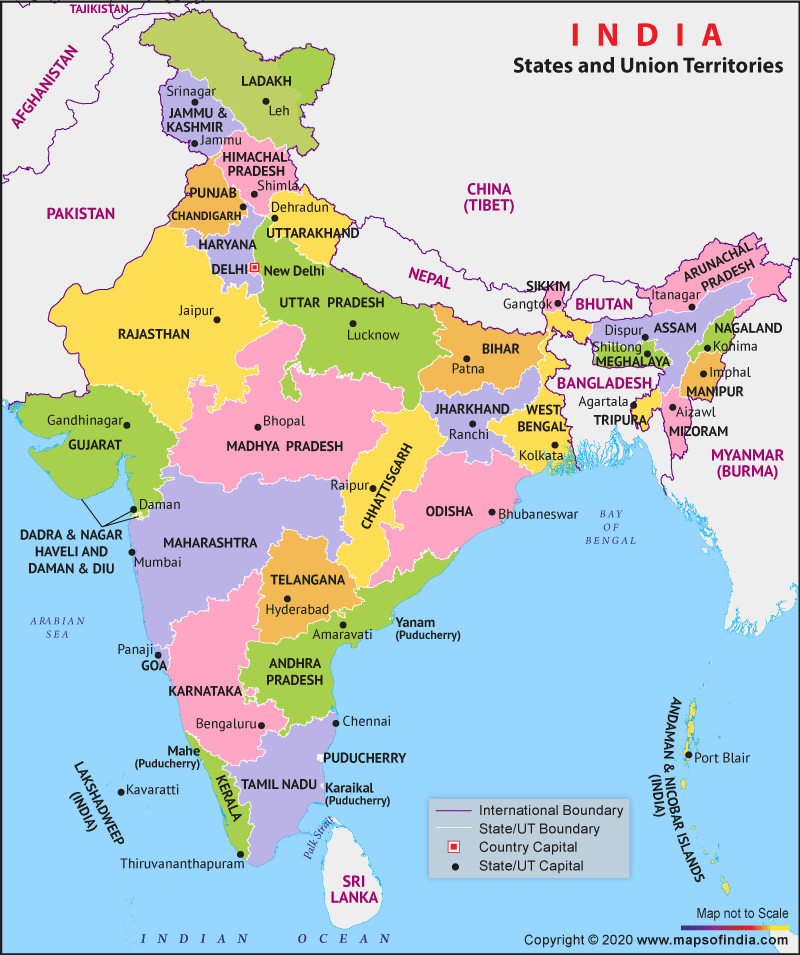
Quartz, Basalt, Biotite, Marble, Apatite, Fluorite, Granite, Calcite, Galena! What are they? They are minerals, that naturally occur, are inorganic, are solid, have a crystalline structure and definite chemical composition. What does that even mean?
It means:
• Naturally occurring = MADE IN NATURE
• Inorganic = NOT LIVING
• Solid = NOT A LIQUID OR A GAS
• Crystalline structure = A UNIQUE ARRANGEMENT OF ATOMS
• Definite chemical formula = ALWAYS MADE UP OF THE SAME ELEMENTS
What about Coal? Is, Coal a Mineral. No!, because it is made from the remains of LIVING things, it is not inorganic. But, what about Halite (Salt), is that a mineral. Yes!, it checks all the five points.
How do you Identify a Mineral?
All the minerals have physical properties. The main physical properties are:
- COLOR: It is not a best way to identify minerals because gravity, air, and water can change the color. Also, some minerals are same colors.
- LUSTER: It is the way the surface reflects light. There are three types Metallic which is bright and reflective, Sub metallic which is dull, reflective and Nonmetallic which is anything not in the other categories.
- STREAK: Color of a mineral’s powdered form, is obtained by rubbing the mineral against a streak plate (Unglazed porcelain).
- CLEAVAGE OR FRACTURE: The way a mineral breaks. CLEAVAGE is a breakage along smooth, flat surface. FRACTURE is breakage unevenly along curved or irregular surfaces.
- HARDNESS: Mineral’s resistance to being scratched; use Moh’s hardness scale to test hardness. 1 is the softest while 10 is the hardest.





There are also Special Properties:
- FLUORESCENCE: Ability to glow under an ultraviolet light.
- MAGNETISM: Minerals that are natural magnets.
- CHEMICAL REACTIONS: Minerals will bubble or fizz when in contact with a weak acid.
- TASTE: Some minerals have a specific taste. For example- Halite has a salty taste.















